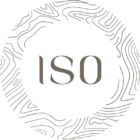Cryotherapy
Cryotherapy is the use of extreme cold to freeze and remove abnormal tissue
Cryotherapy is a treatment that freezes skin lesions with extremely cold liquid or instruments, commonly using liquid nitrogen. It’s minimally invasive and effective for various skin conditions.
Pros: Quick treatment with minimal post-care, suitable for one solitary lesion.
Cons: May require multiple sessions for effectiveness; not suitable for a large field of sun-damaged skin. Risk of hypopigmentation scar.
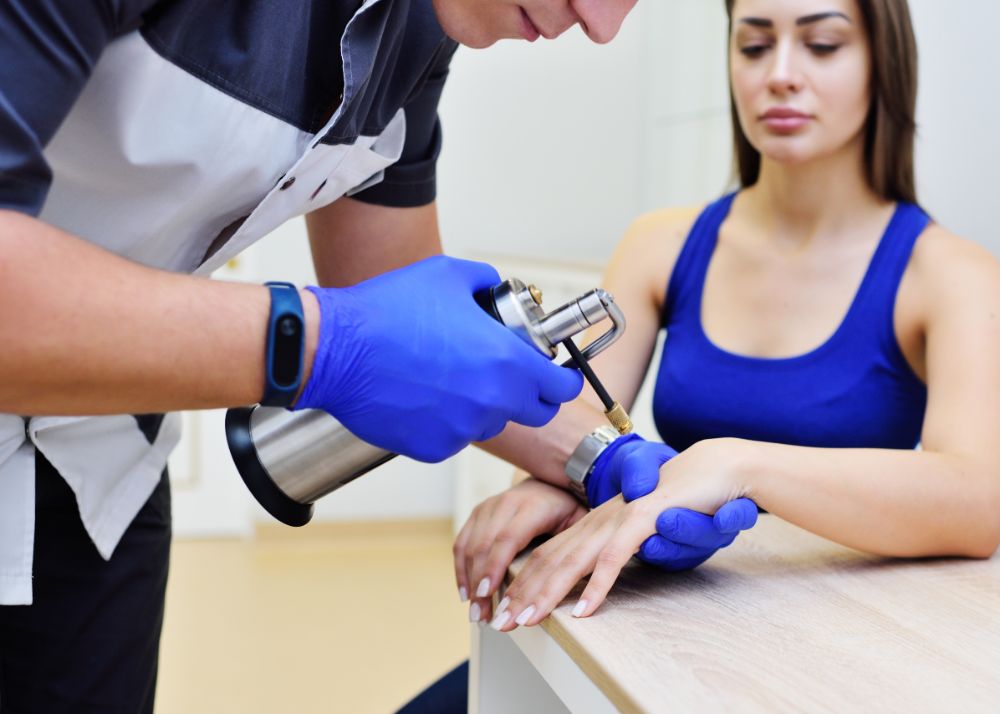
Key Information:
Cryotherapy is used for benign lesions like actinic keratoses and seborrhoeic keratoses, as well as for treating small, superficial skin cancers such as basal cell carcinoma and squamous cell carcinoma on certain body areas.
Yes, cryotherapy should not be used on undiagnosed lesions, melanoma, lesions requiring pathology, areas with compromised circulation, dark-skinned patients, or those with conditions worsened by cold.
It employs a cryogen to cool the lesion to sub-zero temperatures, causing tissue necrosis and damage through thawing-induced osmolarity changes.
Immediate side effects include pain, blistering, and edema. Delayed effects might involve bleeding, ulceration, and possibly permanent skin changes like hypopigmentation or scarring.
Nordlys System Features:
Wavelengths:
PL400 (400-720nm) for pigmented lesions, along with PR(S) 530 (530-750nm) and VL(S) 550 (555-950nm) for comprehensive skin rejuvenation and treating vascular lesions.
Indications:
- Treatment of facial telangiectasia
- Management of small melanocytic nevi and solar lentigines
- Reducing diffuse erythema (rosacea) Acne treatment
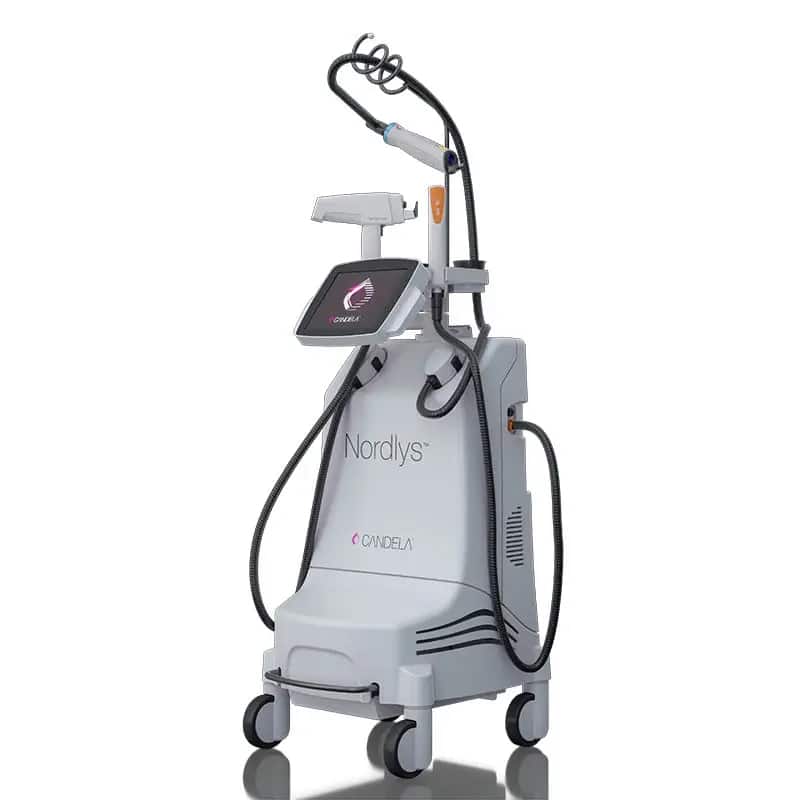
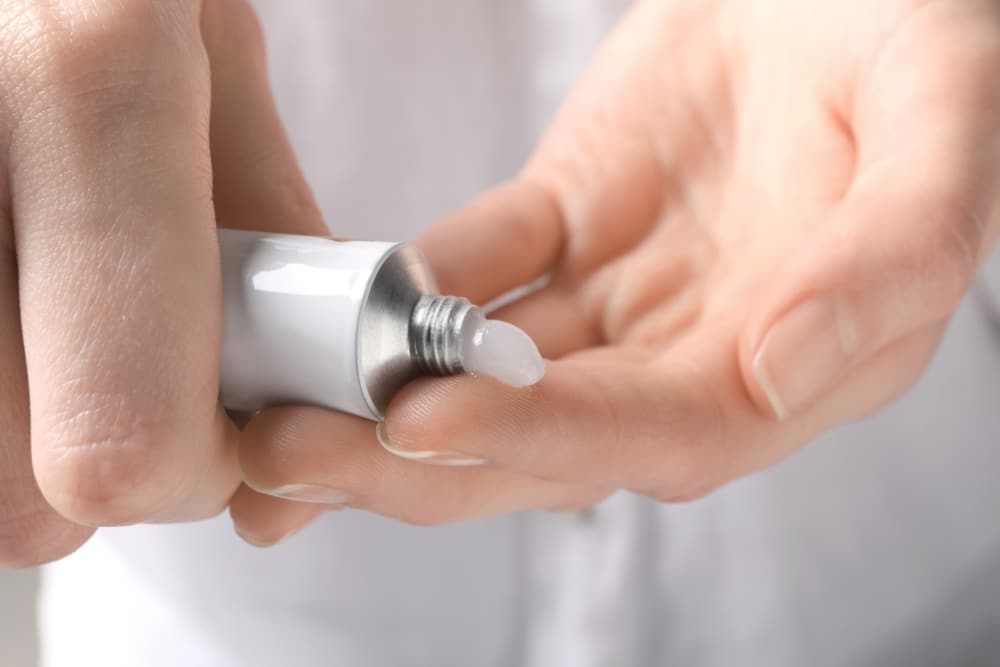
Topical Skin Treatments
At Iso Skin Cancer & Laser Clinic, we integrate topical treatments with cutting-edge laser technology to craft personalised care plans.
This integrative approach guarantees precise and safe outcomes tailored to your individual needs.
If you are seeking solutions for sun-damaged skin or other pigmentation issues, we invite you to schedule a consultation to explore your options and discover how we can assist you in achieving healthier, more radiant skin.
Book Now. No referrals required.
Our Skin Check process is confidential, gentle and friendly to ensure patient comfort and safety throughout the whole process. Our experienced doctors will guide you and expert advice, so you can make confident and informed decisions.
Advantages of Photodynamic Therapy
At ISO Skin Cancer and Laser Clinic, our commitment to expertise, compassion, innovation, and integrity drives everything we do to ensure the highest quality of care for our patients.
Recovery Time
PDT typically results in abc out 5 days of redness and irritation, compared to the discomfort extending over 4-6 weeks with topical chemotherapy creams.
Effectiveness
PDT has an approximate clearance rate of 80%, while traditional topical treatments like Efudix have a completion rate of about 75%. Laser-assisted PDT can further increase this rate to approximately 85%.

